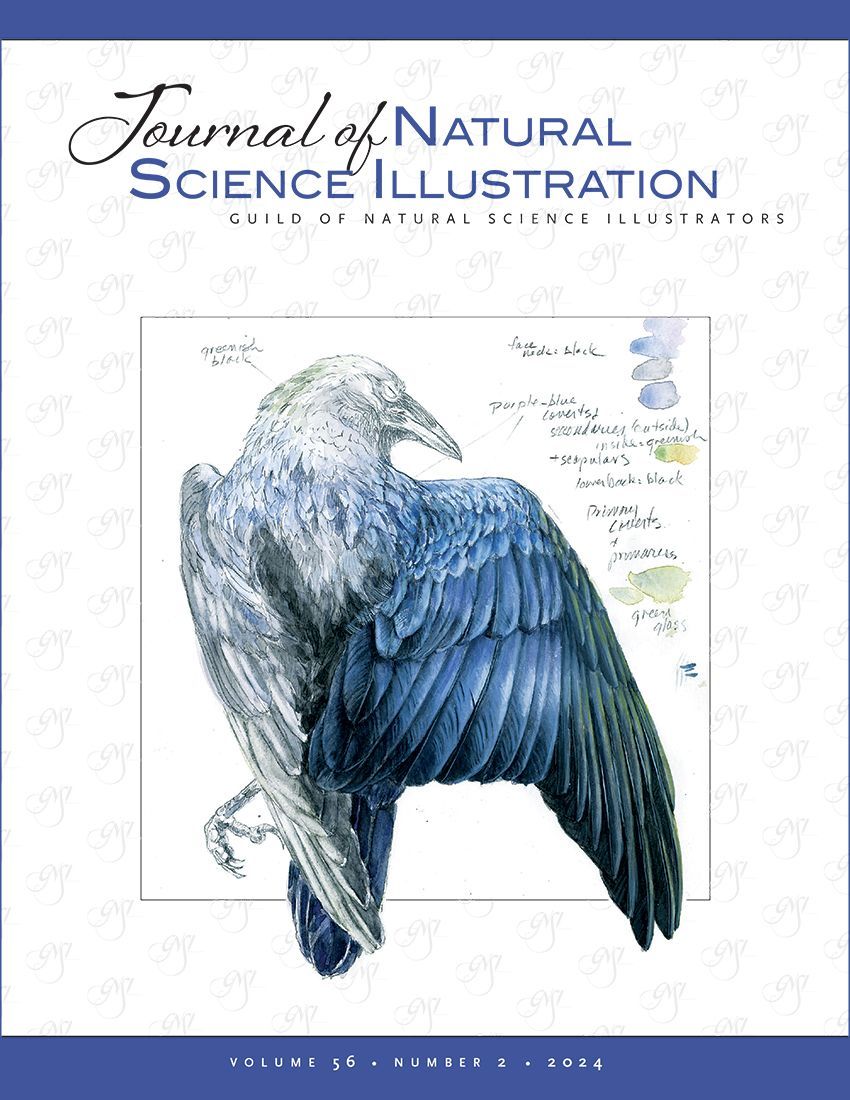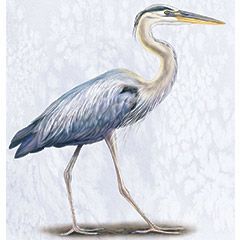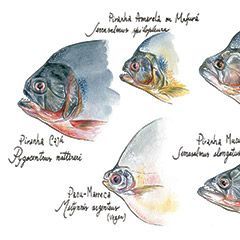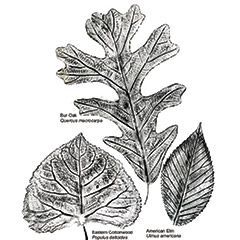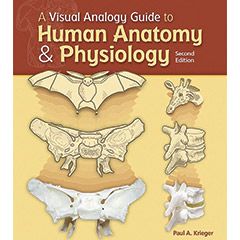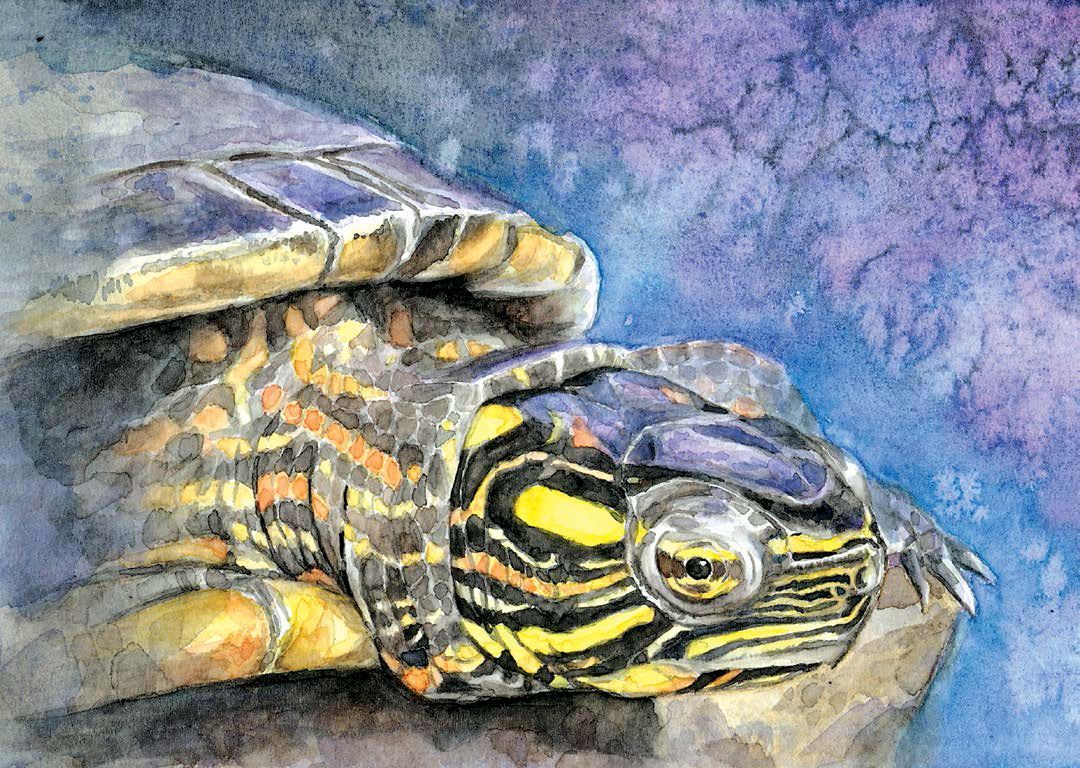Journal of Nature Science Illustrators Vol. 47, No. 1: Abstracts
Welcome to the first edition of 2015!
This Journal is full of something for all! Laurie O’Keefe shares innovative methods for creating backgrounds using both traditional and digital tools such as Photoshop. Sketchbook pages from GNSI members offer inspirations drawn from nature and travel. Gail Selfridge explores leaf rubbing as an educational outreach tool, and Paul Krieger provides twelve practical marketing strategies for illustrators and authors. Amelia Janes reflects on her artistic journey, blending her rural roots with a passion for cartography and scientific visualization. Ikumi Kayama presents findings from a 2013 GNSI member survey, there's a teaser of the upcoming 2015 GNSI Conference, a quick summary and building guidance for a John Dioszegi portable easel, and finally a lively RRRipped discussion about ergonomic digital workspaces.
Log into your account to view the Journal: JNSI 2015 Vol. 47, No. 1
Not yet a subscriber? To view the issue for free,become a GNSI member today!
Creating Backgrounds: Mixing Traditional and Digital Techniques — Laurie O'Keefe
This article by Laurie O’Keefe discusses techniques for creating backgrounds in natural science illustration using both traditional methods like salt and coffee grounds and digital tools such as Photoshop. It emphasizes the importance of combining traditional and digital elements for dynamic results, providing tips on organization, layer naming, and efficient workflow management.
Pages from my Sketchbook — Shevaun Doherty, Filipe Franco, Kris Kirkeby, and Jennifer Landin
This section features sketches from GNSI members showcasing scenes from nature and personal travels. Each artist shares a brief story behind their work, offering glimpses into their creative processes and inspirations.
Leaf Rubbing as Educational Outreach — Gail Selfridge
Gail Selfridge explores the use of leaf rubbing as a hands-on educational tool for children and adults. She details how this technique can spark an interest in nature and science, progressing from simple crayon rubbings to more detailed scientific drawings. Suggestions for conducting outreach programs are included, highlighting their potential in botanical gardens, schools, and museums.
Ready, Set, Sell!: Proactive Marketing Strategies — Paul Krieger
Paul Krieger shares twelve marketing strategies for science illustrators and authors, including networking, using social media, and collaborating with publishers. The article is based on his experience as a professor and author, offering advice for improving visibility and increasing sales.
Member Spotlight: Amelia Janes (Open Access)
Amelia Janes reflects on her journey as a natural science illustrator, blending her rural upbringing with her interest in cartography and scientific visualization. Her work has evolved to combine traditional techniques with modern digital tools, influenced by her early exposure to nature and field guides.

The GNSI Member Survey — Ikumi Kayama
Ikumi Kayama reports on a 2013 survey of GNSI members, analyzing demographics, motivations, and preferences. Findings indicate a strong interest in networking, professional development, and education in science illustration. The survey also highlights members’ challenges and suggests ways to enhance engagement and support.

2015 Annual GNSI Conference
A teaser of the 2015 GNSI Annual Conference, held at Arcadia University from July 5–11, Highlights included a keynote by Kirk R. Brown portraying botanist John Bartram, and presentations and workshops on topics ranging from ceramic scratchboard to digital storytelling. The conference also featured an exhibition of member artwork, a banquet in the historic Grey Towers Castle, and field trips to notable Philadelphia-area sites like the Mütter Museum, Morris Arboretum, and Longwood Gardens.
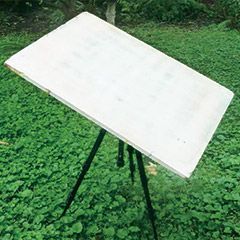
Field Ops: T he John Dioszegi Portable (Not Just A) Field Easel — Marlene Hill Donnelly
Watercolorist and former engineer John Dioszegi designed a simple, affordable, and highly functional easel using a standard tripod and a Gatorboard drawing surface. His design allows for full rotation and tilt to support expressive techniques and ergonomic comfort, and the board can be easily customized and sealed for long-lasting use.

RRRipped from the list!: Workspace Biomechanics
in the Digital Age -
This installment of Ripped from the List begins as a query about types of pen tablets from member Linda Feltner, but quickly morphs into a discussion about ergonomic
considerations of the Illustrator’s digital workspace.
Share this post:
